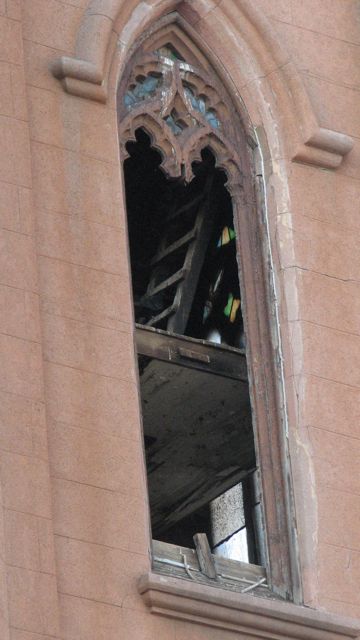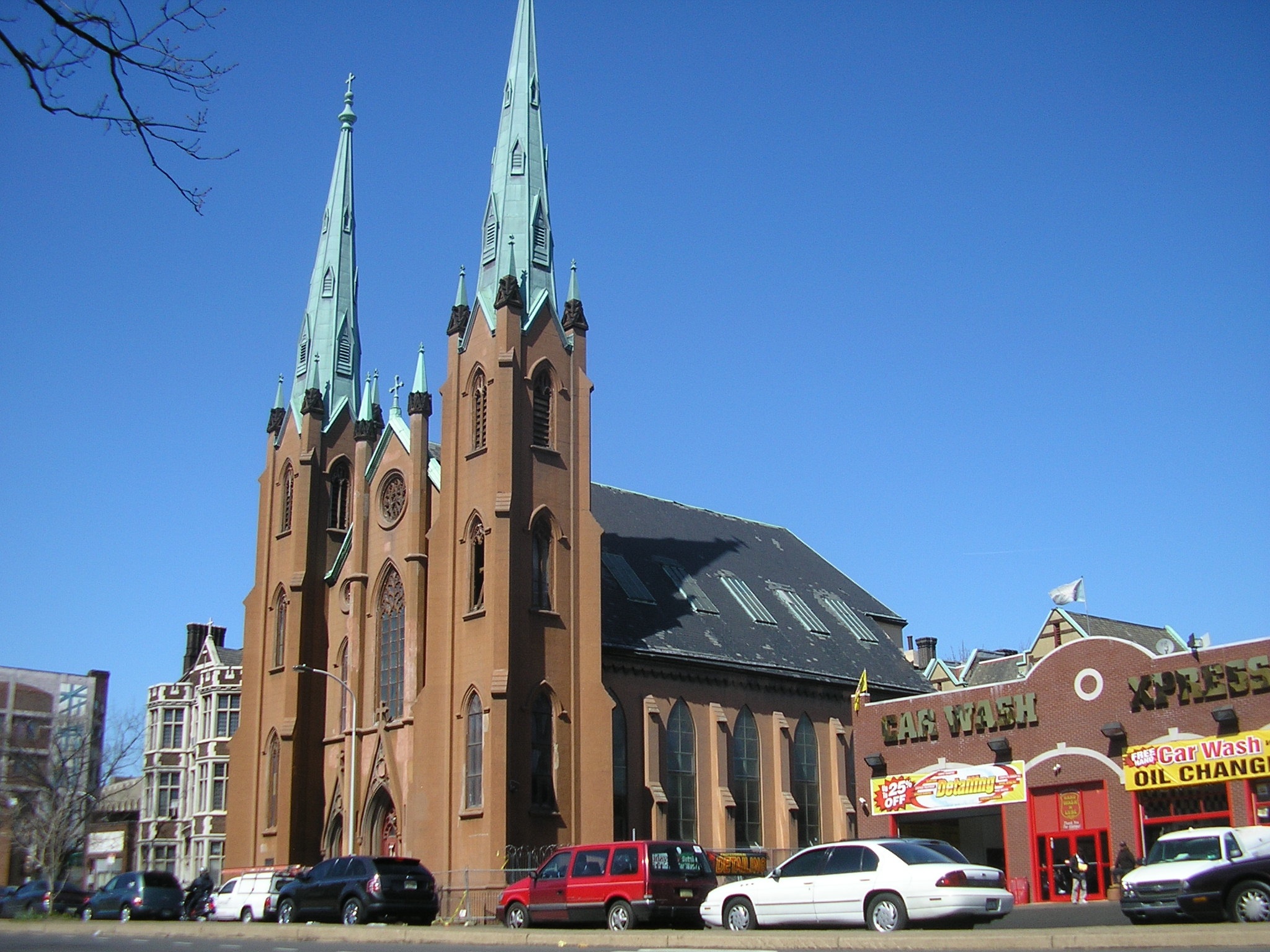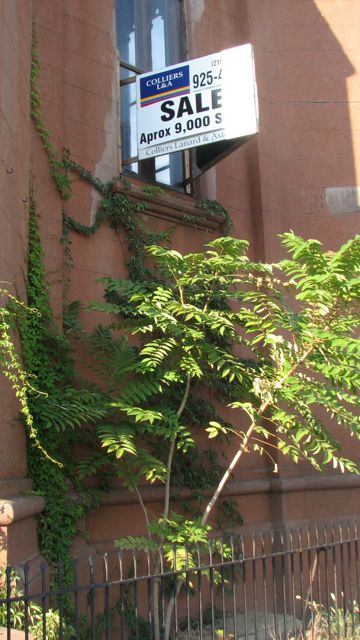New owner of historic Callowhill neighborhood church unsure of its future
By Alan Jaffe and Jared Brey
For PlanPhilly
The new owner of the Church of the Assumption said he still does not know what he will do with the historic building at 1133 Spring Garden St., a week after a Common Pleas Court judge ruled that the Philadelphia Historical Commission was right in granting the previous owner a permit to demolish it.
Chinatown developer John Wei, who purchased the church and adjacent school, rectory, convent and land in July, said he has “no idea yet” what he will do with the property. “I’ve got to check it out. Before, I was thinking of saving it. But now I see there are problems.”
Wei, of MJ Central Investment LP, said he plans to talk to his architect and “see what we can do. The problem is, the city has issued violations, and the building is dangerous.”
The building code violations at the site are not new, noted Andrew Palewski, a contractor who specializes in historic preservation and the co-author of the nomination that placed the church on the Philadelphia Register of Historic Places in 2009.
Siloam, the social service agency that previously owned the building, contacted the Department of Licenses & Inspections in 2010 and requested an inspection of the building for structural problems, Palewski said. Siloam’s engineer pointed out cracks in the masonry, and the L&I inspectors cited the condition as unsafe and required Siloam to repair them with mortar. The repairs were never performed, Palewski said.
Colliers International, the real estate firm that handled the sale of the property, showed the violations to potential buyers, Palewski also said.
Siloam sought the approval to demolish the building on the basis of financial hardship, saying it could not afford the estimated $5 million to $6 million to stabilize and repair it, and was unable to find a buyer for it. The Historical Commission granted the demolition permit, but the Callowhill Neighborhood Association appealed the commission’s vote to the Board of L&I Review, which overturned the commission. Siloam appealed to the Court of Common Pleas, and Jude Idee C. Fox ruled Oct. 2 in favor of the commission’s decision.
Lawyers for Siloam and the neighborhood group disagree on whether the demolition permit now passes on to the new owner.
Samuel Stretton, who has represented the Callowhill neighbors, said he will file an appeal of Fox’s ruling and “ask that the status quo be maintained pending the appeal.”
Stretton said the fact that the building was sold proves that the financial hardship was wrongly granted and that the new owner should not benefit from the Historical Commission’s decision.
Jonathan Farnham, executive director of the commission, said he has never spoken to the new owner and could not comment on whether the permit would be passed on to Wei.
But in an email response, Farnham wrote, “generally, the financial hardship process is intended to determine whether the property itself, regardless of the owner, can be feasibly or reasonably adaptively reused. The financial situation of the owner should be irrelevant to the hardship process.”
The twin-spired building at the center of the debate was designed and built in 1848-49 by Patrick Charles Keely, the nation’s most prolific ecclesiastical architect of that period. It is the oldest surviving structure by Keely. It also has significant religious history; it was consecrated by John Neumann and was the site of Katharine Drexel’s baptism. Both became Catholic saints.
Contact the writer at ajaffe@planphilly.com.
WHYY is your source for fact-based, in-depth journalism and information. As a nonprofit organization, we rely on financial support from readers like you. Please give today.






